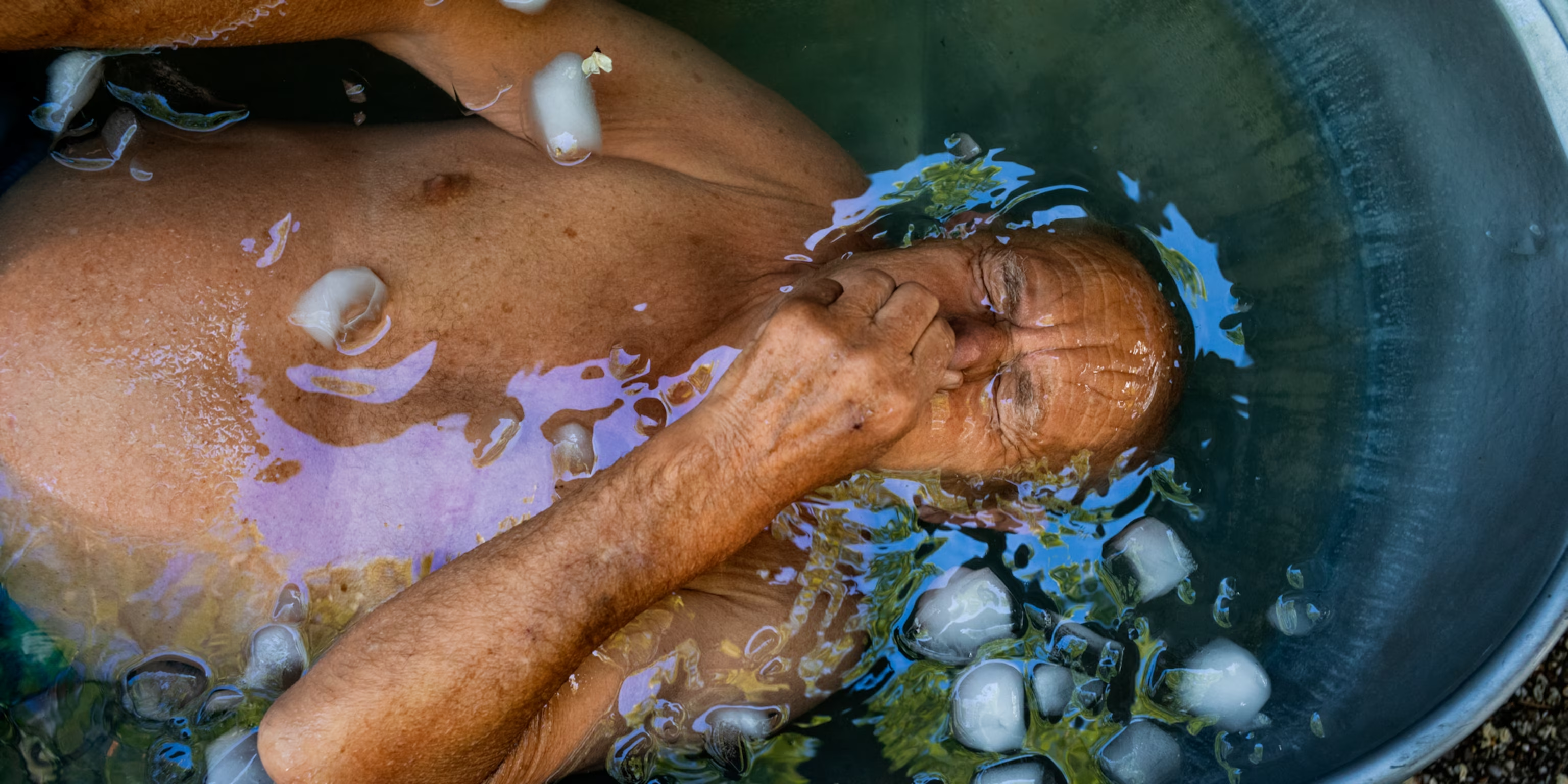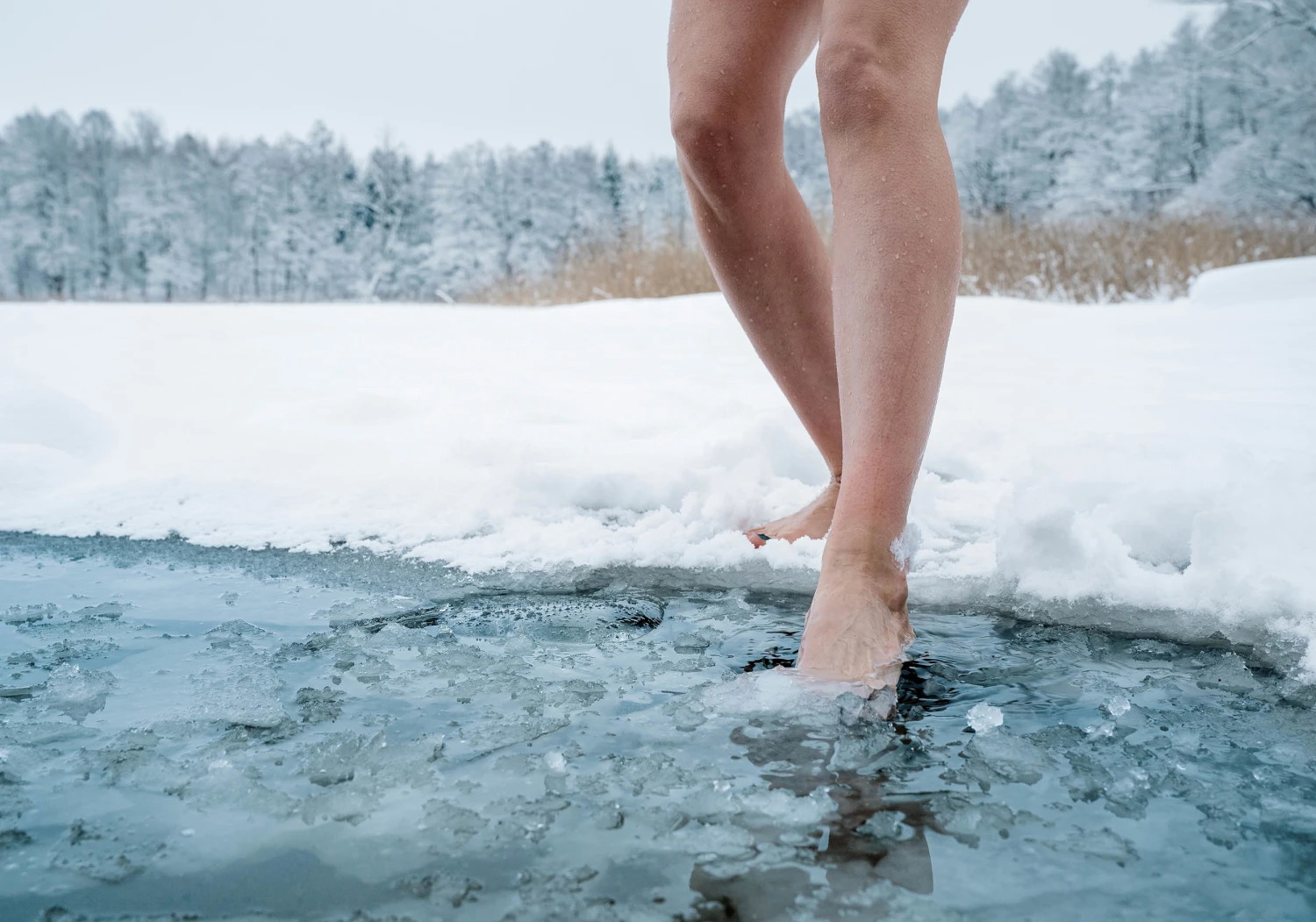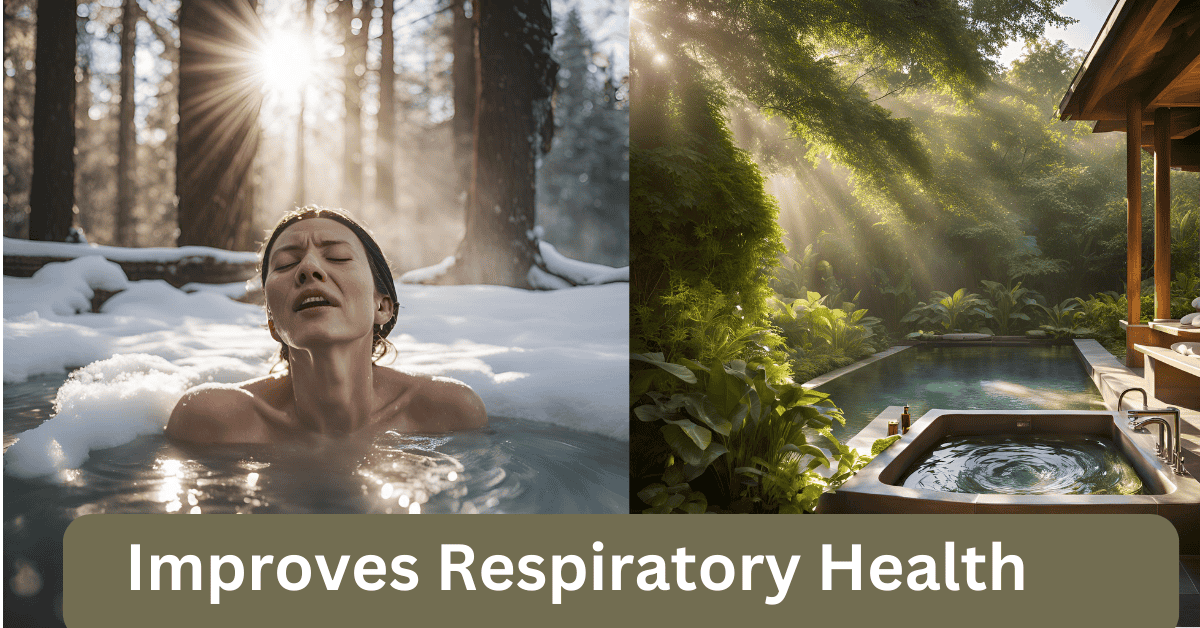In recent years, cold plunging has surged in popularity as a wellness practice, attracting enthusiasts from various fitness backgrounds. While many people focus on its benefits for recovery and mood enhancement, the impact of cold exposure on respiratory health is often overlooked. This article explores how cold plunging can improve lung capacity, enhance breathing function, and contribute to overall respiratory health.
The Connection Between Cold Exposure and Respiratory Health
1. Understanding the Respiratory System
The respiratory system is responsible for taking in oxygen and expelling carbon dioxide. Key components include:
- Lungs: The primary organs for gas exchange.
- Airways: Includes the trachea and bronchi, which transport air to and from the lungs.
- Diaphragm: A muscle that aids in breathing by contracting and relaxing.
2. The Role of Lung Capacity
Lung capacity refers to the amount of air the lungs can hold, which is essential for efficient respiration. Improved lung capacity can lead to:
- Better Oxygen Delivery: Enhanced oxygen intake can improve overall energy levels and stamina.
- Increased Physical Performance: Athletes often benefit from improved lung function, allowing for better endurance during workouts.

How Cold Plunging Affects Respiratory Health
1. Physiological Responses to Cold Exposure
When the body is exposed to cold water, several physiological responses occur that can positively affect the respiratory system:
- Bronchial Constriction: Cold exposure can lead to temporary bronchial constriction, which may improve lung function when followed by rewarming.
- Increased Oxygen Uptake: Cold exposure stimulates the sympathetic nervous system, increasing heart rate and improving circulation, leading to enhanced oxygen delivery to tissues.
2. Impact on Lung Function
Research indicates that cold exposure can lead to improved lung function through the following mechanisms:
- Enhanced Breathing Efficiency: Cold plunging can help train the diaphragm and intercostal muscles, improving overall breathing mechanics.
- Increased Lung Capacity: Regular cold exposure may lead to adaptations that enhance lung capacity, allowing individuals to take in more air with each breath.
3. Mental Resilience and Breathing Control
Cold plunging encourages controlled breathing, which can significantly enhance respiratory health:
- Breath Control Techniques: Practicing deep breathing during cold exposure can help strengthen the diaphragm and improve lung function.
- Mindfulness: Cold exposure can cultivate mindfulness, making individuals more aware of their breath and enhancing overall respiratory efficiency.
Benefits of Cold Plunge for Respiratory Health
1. Improved Lung Capacity
Regular cold plunging can lead to increased lung capacity due to:
- Enhanced Alveolar Function: The tiny air sacs in the lungs may function more effectively with regular cold exposure.
- Improved Vital Capacity: Vital capacity is the maximum amount of air that can be exhaled after a maximum inhalation. Cold plunging can help improve this measurement.
2. Better Respiratory Function
Cold plunging can help enhance overall respiratory function by:
- Reducing Inflammation: Cold exposure has been shown to reduce inflammation in the airways, leading to improved breathing.
- Supporting Respiratory Muscle Strength: Strengthening the muscles involved in respiration can enhance overall lung function.
3. Enhanced Immunity
Cold exposure may help improve the immune response, leading to better respiratory health:
- Increased White Blood Cell Count: Regular cold plunging can stimulate the immune system, which may help the body fend off respiratory infections.
- Reduced Frequency of Respiratory Illnesses: Some studies suggest that individuals who regularly engage in cold exposure have fewer colds and respiratory issues.

Incorporating Cold Plunging into Your Routine
1. Starting Cold Plunging Safely
For those interested in incorporating cold plunging for respiratory health, consider the following tips:
- Consult a Healthcare Professional: If you have pre-existing respiratory conditions, it’s wise to consult with a healthcare provider before starting cold plunging.
- Choose the Right Environment: Use a cold plunge tub, ice bath, or cold pool, ensuring a safe environment for your practice.
2. Tips for Effective Cold Plunging
- Begin Gradually: Start with shorter durations (1-3 minutes) and gradually increase the time spent in cold water as you acclimate.
- Practice Controlled Breathing: Focus on deep, controlled breaths to maximize the benefits for your lungs.
- Warm-Up Post-Plunge: Gradually warming your body after the cold plunge can further enhance lung function and blood flow.
3. Frequency and Duration
To achieve optimal respiratory health benefits, consider the following recommendations:
- Frequency: Aim for 2-3 cold plunges per week to experience consistent benefits.
- Duration: Start with sessions of 2-5 minutes and work your way up to 10-15 minutes as your body adapts.
FAQs
Results may vary, but many individuals notice improvements in their breathing and lung capacity after several weeks of regular cold plunging.
Cold exposure may reduce inflammation in the airways, potentially offering relief from seasonal allergy symptoms for some individuals.
Conclusion
Cold plunging offers a wealth of benefits for respiratory health, from improved lung capacity to enhanced breathing function. By incorporating this practice into your routine, you can take proactive steps towards better respiratory health and overall well-being. As with any wellness practice, it’s essential to approach cold plunging safely and mindfully, ensuring that it complements your health journey. Embrace the chill, breathe deeply, and discover the transformative effects of cold exposure on your respiratory health!






